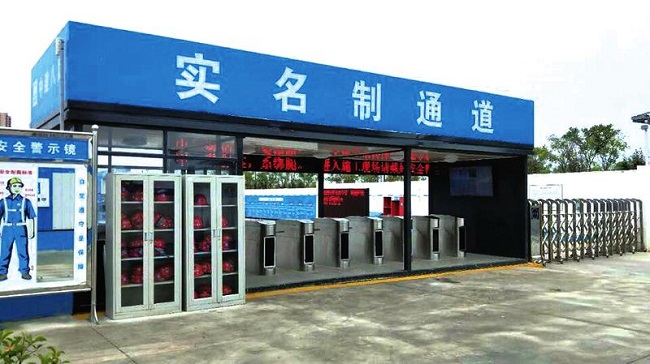The Internet of Things era looks set to bring significant changes to industries that are typically slow to embrace disruptive technologies. The construction industry is one such area where IoT technology has the potential to not only increase efficiency in the critical stages of designing and building structures, but also improve safety on construction sites.


At a time when the industry is looking for new ways to streamline processes and manage them more efficiently, developments in the Internet of Things can provide solutions to problems that hinder construction projects. While it requires an upfront investment, in the long run these latest technologies can provide better, more cost-effective ways of working. Areas where IoT can be transformative include:
Planning and design verification
Projects can change dramatically between planning and execution. The added complexity of coordinating multi-party projects involving disparate work processes means projects can go overrun and costs rise. Leveraging data from IoT sensors can provide critical information at critical stages of the design and build process to reduce delays, resolve issues faster, and manage change more effectively.
In the future, these sensors could help create 3D models of buildings, providing a “virtual” replica so that designers and architects can test key parts of the design before construction. IoT sensors can provide data throughout construction, providing real-time insights into the project so adjustments can be made based on the most accurate information.
This way, designers and architects can test and validate key parts of the design as part of the Building Information Modeling (BIM) process. Additionally, sensors and robots can significantly increase the productivity of construction companies.
For example, it can help designers understand exactly where the HVAC is best positioned to optimize airflow, or where light fixtures should be installed for optimal comfort. Designers can also check things like occupancy and foot traffic within a building based on the information provided by the sensors.
Using information from sensors to create a digital view of a building means decisions are based entirely on real-time, real-world data, speeding up completion times and reducing costs.
safety, security and maintenance
The construction industry has one of the highest rates of accidents and injuries, with nearly 2.2 million working days lost due to work-related injury or illness. However, IoT innovations – a “connected” construction site and “connected” workers – can provide safer ways of working. For example, wearable devices such as hard hats equipped with sensors can monitor workers’ health, monitor for any hazards nearby, or sound an alarm if someone is not wearing a hard hat.
Sensors can also help us learn more about how workers use machinery to reduce the risk of injury or musculoskeletal disease. They can also be used to prevent collisions with vehicles working on site, and proximity sensors can alert drivers to potential hazards and avoid accidents.
Since maintenance and repairs are a huge construction cost factor, IoT can help reduce unnecessary expenses as machines equipped with advanced sensors will anticipate and detect the need for repairs before they become prohibitively expensive. And the use of augmented reality and robots can help workers perform maintenance tasks.
The IoT era has other benefits in improving on-site safety. Most construction sites typically hold tens of millions of yuan in various assets, making them easy targets for thieves or vandals.
Here, too, IoT can play a role in preventing loss, theft or vandalism. If these assets are lost, a tag on the tool or machine can send an alert to a remote alert site administrator. Drones equipped with security cameras can patrol construction sites at night, manage sites remotely, and provide “eyes” on the site that provide wider coverage than static closed-circuit surveillance cameras.
We are still some way off from these practices becoming the norm, but if the industry takes advantage of the latest innovations in IoT, the future of construction could be an entirely different realm, with the convergence of operational technology (OT), the integration of physical Equipment control will bring further changes to the construction industry.
The good news is that we are seeing greater advances in the computing power of sensors, and as the devices themselves become more affordable, “smart” construction sites, sensors and connected devices can drive new, more efficient and safer ways of working.
